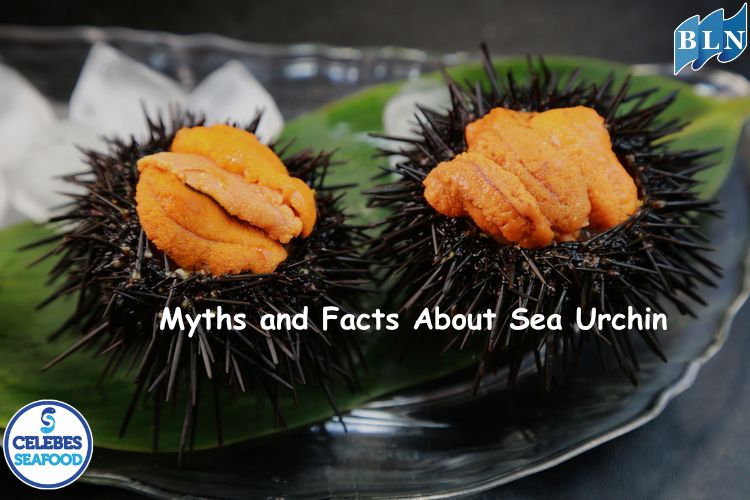Let’s Learn Oyster Sauce Making Process
By. Nevanda - 26 Jun 2023
lautnusantara.com - Oyster sauce is a popular condiment in Asian cuisine known for its rich, savory flavor. It is typically made from oysters, along with other ingredients that enhance its taste. Here's a general process for making oyster sauce:
1. Selecting the oysters
Choose fresh, plump oysters for the best flavor. They should have a clean, briny smell and be free from any off-putting odors.
2. Shucking the oysters
Use an oyster knife to carefully open the oysters, being cautious not to damage the delicate meat. Collect the oyster meat and discard the shells.
Read also: 5 Benefits Of Canning Methods On Fish Preservation
3. Blanching the oysters
Place the oyster meat in boiling water for a brief moment (usually around 1-2 minutes) to partially cook them. This helps remove any impurities and enhances the flavor.
4. Extracting the oyster juice
Drain the blanched oyster meat and transfer it to a clean cheesecloth or fine-mesh strainer. Squeeze or press the oyster meat to extract as much juice as possible. Collect the liquid, which will be used as the base for the sauce.
5. Reducing the oyster juice
Pour the extracted oyster juice into a saucepan and bring it to a simmer over medium heat. Allow the liquid to reduce gradually, intensifying the flavors. The reduction process can take some time, often up to several hours.
Read also: Essential Nutrition Content in Sharks Meat
6. Adding seasonings
Once the oyster juice has reduced significantly, various seasonings are typically added to enhance the taste. Common ingredients include soy sauce, sugar, salt, and sometimes additional flavorings like garlic, ginger, or spices. The specific amounts and types of seasonings may vary based on the desired flavor profile.
7. Thicken the sauce
To achieve a thicker consistency, a thickening agent such as cornstarch slurry (cornstarch mixed with water) may be added gradually while stirring continuously. Continue simmering until the sauce reaches the desired thickness.
8. Straining and bottling
Once the sauce has thickened and the flavors have melded, strain the sauce through a fine-mesh strainer or cheesecloth to remove any solids or impurities. Allow the sauce to cool before transferring it into sterilized bottles or jars for storage.
It's worth noting that commercial oyster sauces may have variations in the production process, including the use of additional ingredients or preservatives. Additionally, recipes and techniques may differ across different culinary traditions and individual preferences.








